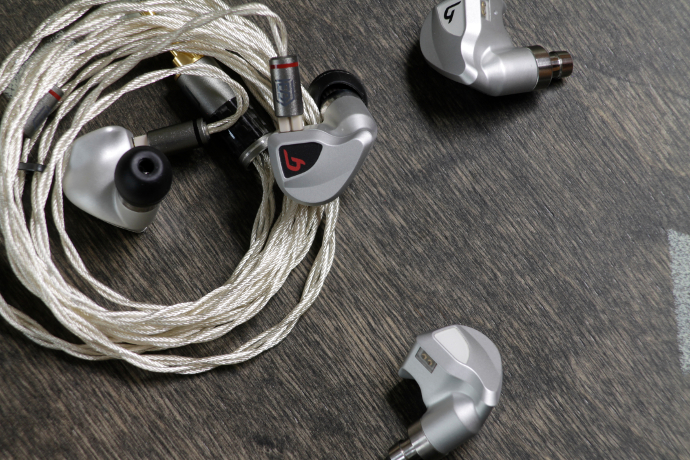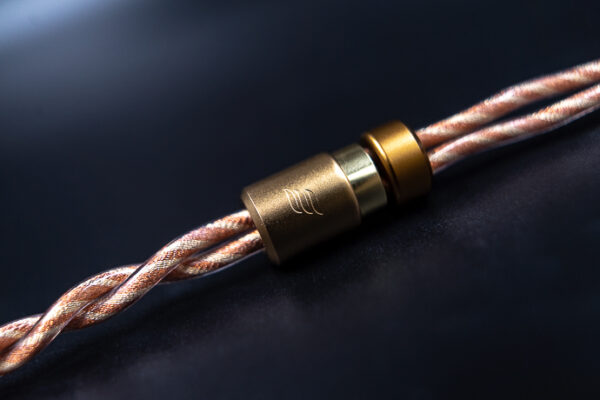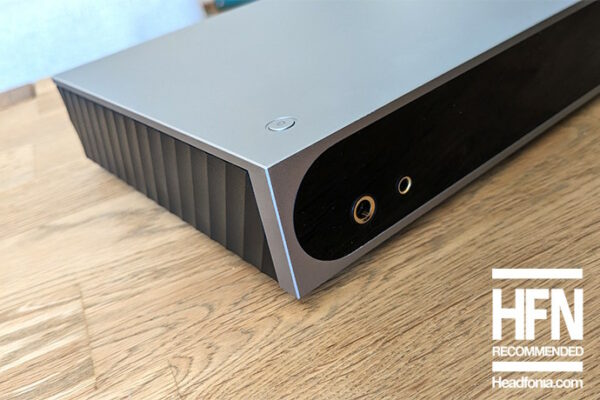Comparisons:
[responsivevoice_button]
At 900 CHF the Nair and Clariden are both priced below 1000 USD. I’ll compare them to similarly priced and configured monitors. Unfortunately I don’t have access to a monitor I’d love to compare the Nair and Clariden to – the Andromeda. I sold that one almost three years ago. The Gaudio monitors will have to step into the ring against AAW’s Halcyon, the Dolores by HUM, Noble’s Katana and the TE-5T by Hyla Audio. I’ll compare the Nair to the Katana and Dolores. Clariden will be compared to Halcyon and TE-5T.
Mentioned prices are for the universal versions and in USD. They are correct at the time of writing. Of course, they can change in the future.
I won’t give you comparisons to monitors that I only auditioned shortly. Show and dealer conditions are not ideal in my book, therefore I won’t go that route. Others do. That’s fine with me if they feel confident to do so. I don’t.
Noble Audio – Katana (9BA; 1,850$)
Katana and Nair are tuned very similarly overall. They both feature a neutral to mid-forward signature where they tell you everything as it is. Katana has fuller notes overall and higher richness.
Both IEMs reach similarly deep into lows, but Katana puts more weight into them and has nicer texture too. The Nair on the other hand does have a faster sounding low end. Katana overall has more flesh on its bones, which makes musicians appear fuller and thicker. Nair sounds dryer and even more neutral in tone-size than Katana.
Nair and Katana both stretch a similar stage, but Katana separates instruments better and places them with higher accuracy in the room. On top, Katana also goes mildly wider and deeper with better layering. Katana takes the edge when we look at resolution, texture and layering to me. It is ahead in imaging as well.
The most distinctive difference between Katana and Nair in the mids is probably the size and richness again, as Katana sports fuller body and more soul there. In the treble section it is Katana that extends wider and has a more agile and richer top-end. Nair is calmer and softer in this region though.
Overall though, the Nair can be seen as a mini Katana. It features a similar tuning but comes out second in technical performance. At only half the price I think that’s fair to be expected.
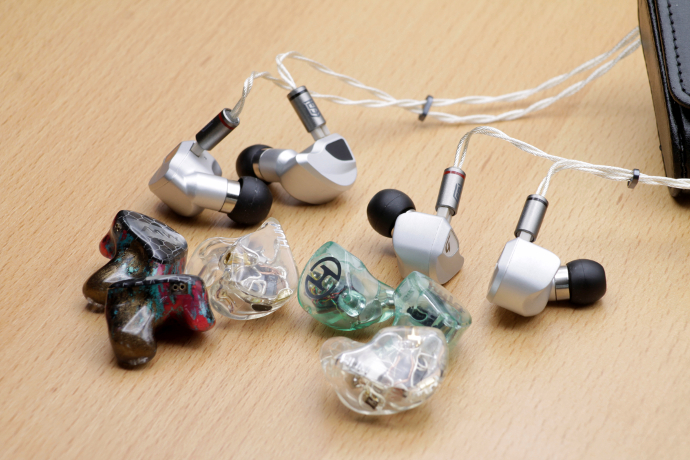
Gaudio Clariden & Nair with AAW Halcyon, HUM Dolores and Hyla TE-5T
AAW – Halcyon (1DD/2BA/4e-stat; 1,399$)
The Halcyon is one of the latest tri-brid IEMs that uses electrostatic/electet drivers for its highs. Clariden is a traditional all-BA setup. Both share similarities in their tuning, but differ in other aspects.
The AAW uses a dynamic low end driver, which to me always sound superior to BA’s. The Halcyon has fuller, denser and heavier lows. Halcyon reaches maybe a touch deeper, but does so with more texture and impact. The Clariden on the other hand puts lows more forward, which gives them a more prominent placement.
Halcyon overall has a more balanced sound, compared to the W-shaped Clariden. The AAW also puts more emphasis in the lower midrange, a place where the Clariden doesn’t put much attention to. Clariden puts vocals more in the center stage and gives them more clarity, compared to Halcyon. Halcyon sounds smoother and more organic than Clariden, but the Swiss monitor goes beyond the AAW when it comes to resolution and layering. Halcyon often sounds a bit smudged and misses out on high resolution rendering.
The Clariden sports loads more energy in the top segment. Highs shimmer brighter and more energetic on the Clariden. Halcyon sounds softer and a bit more muted, comparable to Nair’s treble section.
In terms of stage construction both are relatively equal, but the Clariden does stretch a notch wider and deeper to my ears. Imaging is a point where I see them going head to head. Although the Clariden sports the slightly bigger stage and places instruments perfectly fine there, Halcyon can do the same in a smaller room. Separation however is something that the Clariden does better.
HUM – Dolores (2BA; 1,799$)
Both monitors come with a pretty low driver count. HUM has been making themselves a name for producing low driver monitors for quite a while. The Dolores and Nair share a similar overall tuning. There are some differences though.
To my ears, the Nair has better extension into the lows. It puts slightly more emphasis on the sub-bass than Dolores. Both have a rather light sounding low-end, but out of the two it’s Nair that comes out weightier than Dolores. The Dolores has a studio reference sound, while the Nair does put more attention to the midrange to me.
Mids on the Nair are slightly fuller. Where they are pretty hard to distinguish is richness though. Both monitors don’t really have much of that. The Nair positions vocals and instruments more in front of you than Dolores. Dolores keeps things a bit closer up to you, while Nair goes more for holography. The Dolores does take the cake when it comes to sheer resolution, this is a part where it surpasses the Nair.
In treble they both are again different. The Dolores sounds sharper and more energetic, while Nair is more relaxed and laid back. The Dolores pushes more air out through its treble section in contrast to the Nair.
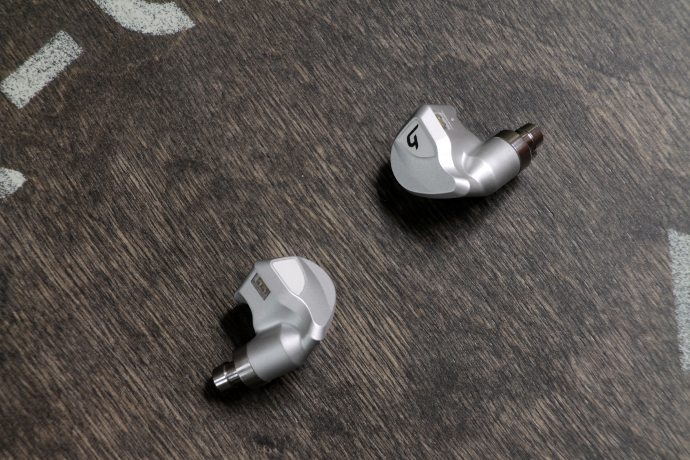
Gaudio Nair
Hyla – TE-5T (1DD/2BA/1Piezo; 1,250$)
Hyla’s TE-5T is a triple hyrid construction using a dynamic low end driver, two BA’s for mids and a piezo electric driver for treble. It has a neutral to bright signature, which might not sound like the Clariden upon first look, but there are similarities. Let’s check them out.
The Clariden has a more prominent bass section. Hyla’s low end driver is tuned more neutral than the Clariden’s BA woofers. But the TE-5T does have better texture and control in the lows to me. It sounds more realistic than the Clariden to my ears. The Hyla goes similarly deep, but with less rumble. The Clariden puts out more volume in the sub-bass.
Mids are smoother but more open sounding on the Hyla, than on the Clariden. The Gaudio IEM is taking second place on midrange clarity here. The Hyla just does a better job here. On the other hand, the Clariden comes out with more weight in the mids than the Hyla. Which can sound thin and even a bit unnatural here. Vocals are denser and sport more blood with the Clariden. Instruments overall appear more organic on the Swiss monitor to me.
Treble is similar, but different again. The Clariden has wider extension into the highest Octave, but both share an energetic top end. The Hyla however, pushes my boundaries more often and more so, surpasses them more often than the Clariden. The TE-5T is splashier and sharper than the Clariden.
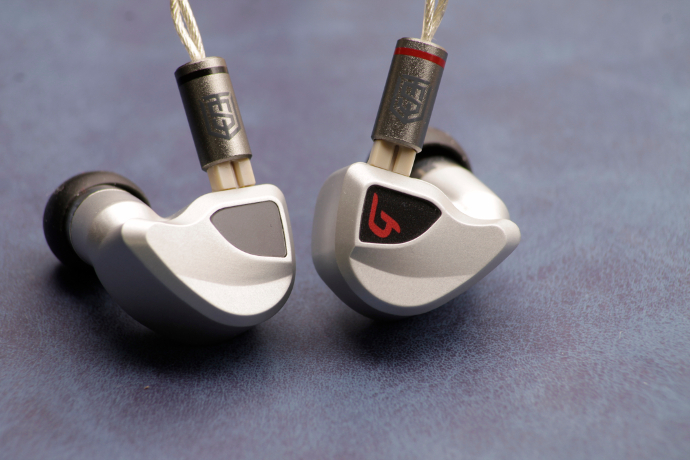
Gaudio Clariden
Conclusion:
Gaudio jumped into the market with quite an offer. The package they put together is very appealing. One thing that I am particularly excited about is the customs included shipping. As someone who has to deal with customs on a regular basis, this is a definite frustration saver.
Also the fact, that they partnered up with Satin Audio, a brand that’s especially known for their very high performing and affordable cables, is very nice. The build quality is not up to perfection yet, but I was told that the mismatching faceplate sizes would be solved in the full production versions.
Clariden and Nair both serve a different purpose. People who want something exciting and energetic will find their pleasure in Clariden. Those who want mids above all should definitely look into auditioning the Nair. To me, both have their respective strengths, but I would chose Nair for myself.





